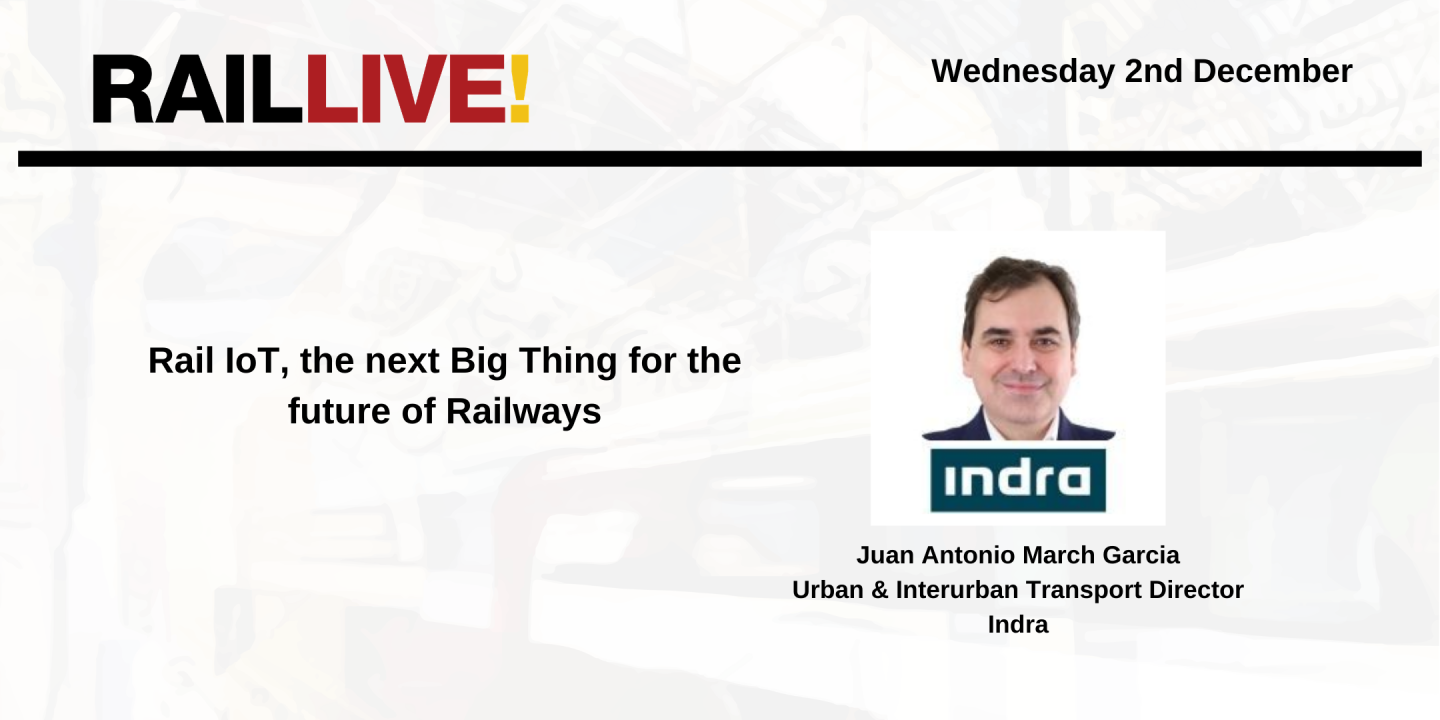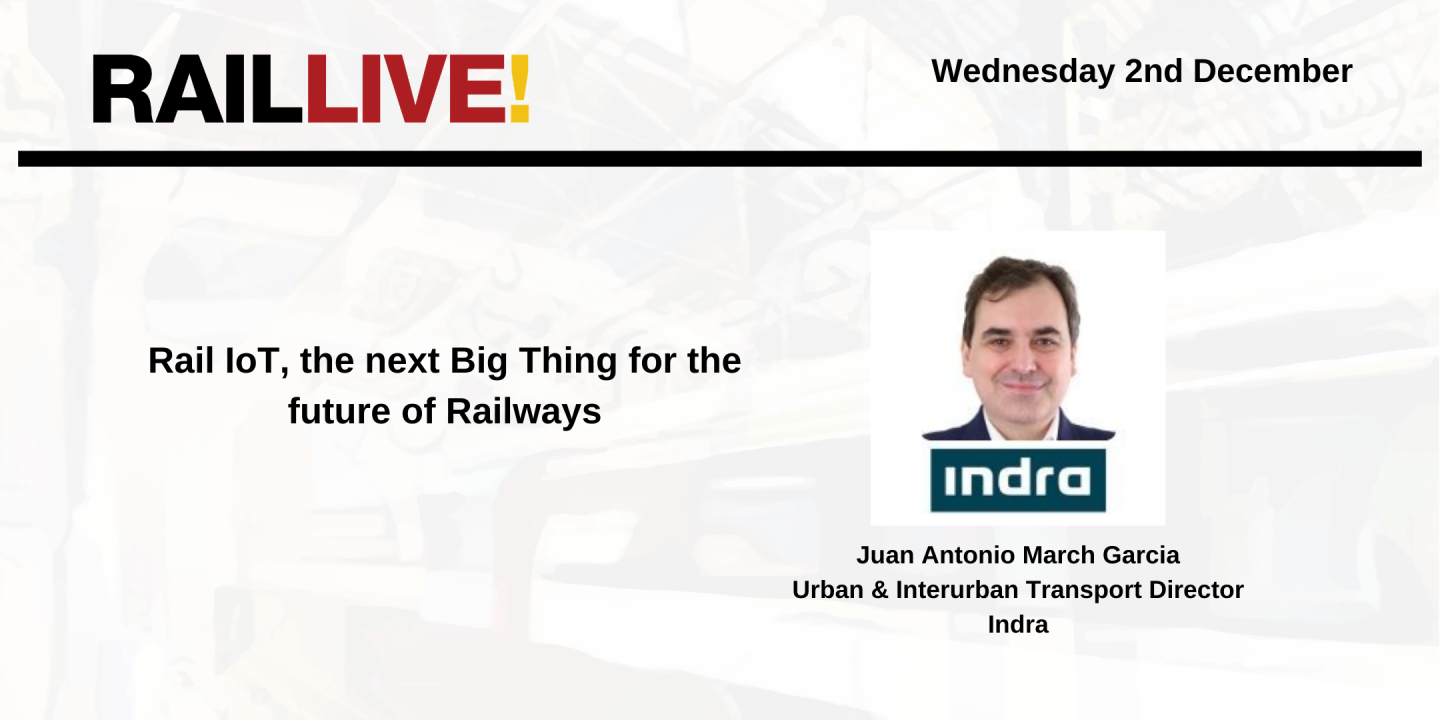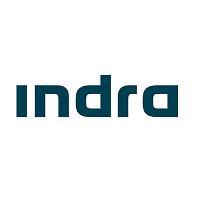

Rail IoT, the next Big Thing for the future of Railways
Information
More competition in the railway sector has often been associated with the construction of new, more modern infrastructures, signalling systems enabling a remarkable uptick in average speeds, etc. New markets have the opportunity to adopt newer and more flexible technological infrastructures, surpassing current practices. The challenge most countries face with an existing infrastructure are facing, however, consists in securing greater efficiencies, making the most of the existing capacity. This challenge appears especially prominent when considering that they should be capable of handling the growing demand in the coming years, when the measures to promote more sustainable transport comply and shift users from private vehicles to public transport, in addition to the possible restrictions due to health measures related to COVID-19.
There is also a persistent demand for greater speed, safety and reliability. Our future transport ecosystem must therefore offer solutions that meet this demand from origin to destination, with a high-level service, regardless of the distance travelled or the number of transfers necessary to reach destination. Given that the demand changes every day, travel solutions should also swift accordingly. In the light of a similarly exponential growth in freight traffic, it shall prove essential to transfer part of this demand from road to railway or other more sustainable systems.
The development of a railway IoT network capable of meeting the industry's top safety integrity levels (SIL 4) while linking the different infrastructure elements for an automated, safe and intelligent management of the ecosystem is the ambitious response to the challenge that arises to transform the sector in the coming years
